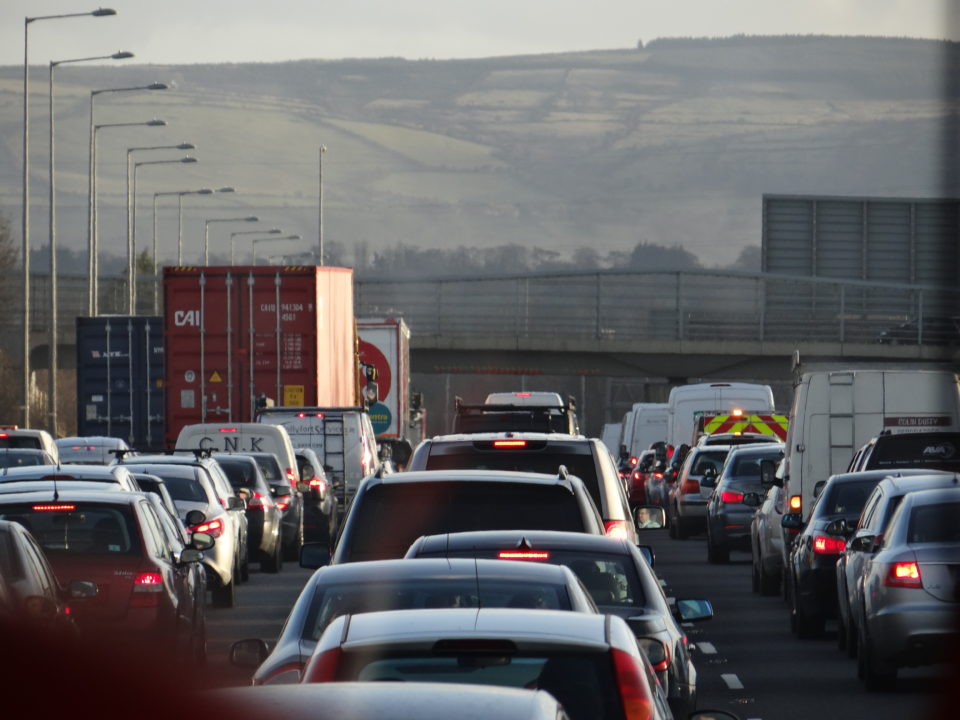How Zoning Reform Could Help Slash Emissions
State and city governments could use land regulations to combat climate change Photo by Lorenz Markus.
Photo by Lorenz Markus.
State and city governments in the United States are using land use regulations—an option long overlooked in climate policy—to lower emissions and combat climate change.
“Conversations about reducing these emissions typically focus on electric vehicles,” writes Yale Climate Connections. “But increasingly, government officials across the country are aiming not just to get Americans into different kinds of cars, but to radically reduce the need to drive in the first place.”
Some municipalities are creating denser communities and offering a variety of transportation options to reduce or eliminate the need for a personal car. They make these changes by altering regulations to allow taller buildings, lowering the number of parking spaces required in new developments, and providing more resources to support walking, cycling, and public transportation.
(Architects, planners, and densification advocates also point to reduced parking requirements as the single most effective path to building more affordable housing.)
American land use polices over the past century have favoured single-family homes, regulating development through zoning requirements that created large swaths of similar-use buildings. This approach can lead to urban sprawl and create long distances for a resident to travel; from, say, their home built in a residential zone to a store located in a commercial area.
According to Oregon’s Evan Manvel, many of the more recent reforms mark a return to the days before 20th-century zoning reshaped the American landscape. “A lot of this is reinventing the wheel of traditional housing types that we made illegal,” Manvel said.
According to Oregon’s Evan Manvel, many of the more recent reforms mark a return to the days before 20th-century zoning reshaped the American landscape. “A lot of this is reinventing the wheel of traditional housing types that we made illegal,” Manvel said.
In the past few years, California and Maine have eliminated single-family residential zoning, writes Yale Climate Connections, while other states like Nebraska and Utah have made similar proposals. In October, California eliminated minimum parking requirements near public transit. At the municipal level, “Minneapolis made headlines around the nation in 2019 by eliminating single-family zoning, and other cities have followed suit.”
But while municipal land use reform is becoming more common, it’s also subject to a complicated bureaucracy that can obscure its diverse applications. “Within a single jurisdiction, the zoning code can be a couple hundred pages long—so it’s regulating minutiae,” said Jonathan Rosenbloom, a professor at Albany Law School and director of Sustainable Development Code, a research and editorial platform focused on best practices in city planning.
“Then we have to compound that by 39,000 local governments across the U.S.,” he added. “So the complexity of talking about zoning gets really difficult really fast, because we have many iterations of it, and we have many different things that it’s regulating.”
And though land use reform is gaining ground, it remains something of a niche concern, said Sonia Hirt, dean of the College of Environment and Design at the University of Georgia.
“When’s the last time anyone talked to you about zoning at the dinner table?” she asked. “It seems like something technical and just an instrument—it’s some legal thing, and who cares? But the truth of the matter is that it’s very influential because it allows you to live a certain way, or not live a certain way.”
Your support matters…Independent journalism is under threat and overshadowed by heavily funded mainstream media.
You can help level the playing field. Become a member.
Your tax-deductible contribution keeps us digging beneath the headlines to give you thought-provoking, investigative reporting and analysis that unearths what's really happening- without compromise.
Give today to support our courageous, independent journalists.






You need to be a supporter to comment.
There are currently no responses to this article.
Be the first to respond.